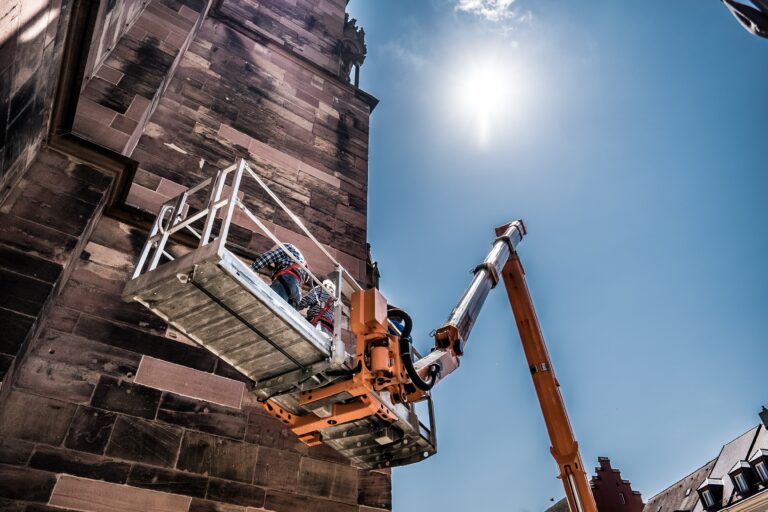
For over 40 years, Stoppil Industrie has created machinery for managing liquids during manufacturing. Stoppil was initially founded as a small company that produced water flow meters and now produces an entire range of filling, dosing, and screwing machines to manage the packaging of liquids. These machines serve both large and small companies across the chemical, food, cosmetic, and detergent industries. During the development of a new screwing machine, they were concerns that the selected motors would be too small. Stoppil needed to validate the motor requirements with a faster and less expensive approach than constructing a physical prototype. A digital twin presented the perfect solution.
Motor Sizing Challenge
Recently, Stoppil was developing a new screwdriver mechanism for one of their automatic screwing machines, the EB7000. A brushless DC motor drives the mechanism and handles a variety of loads during the screwing process. This involves screwing sprayers, pumps, and plugs onto containers. Because of the new mechanism design, a large mass would be displaced in the machine’s duty cycle, resulting in a large load placed on the motor. With this new design requirement, it was necessary to ensure a proper motor selection to avoid machine failures.
Engineers at Stoppil typically choose their motors based on their experience and recommendations from their suppliers. However, during the development of the new screwing machine, there were concerns that the motors would be undersized. The motor size would need to be validated and Stoppil saught out a solution that would be faster and less expensive than constructing an entire physical prototype.
A Digital Twin Solution
Using the system-level modeling software, MapleSim, a digital twin was created to validate their machine dynamics using an accurate virtual model. The digital twin used technical details and imported CAD information to create a physics-based, multibody model of the machine. Simulations were performed under a variety of conditions. The digital twin was used to model the specific loading requirements for the new motor at every point during the proposed duty cycle, and at the required throughput rate.
Saving Time and Money
The results of the digital twin testing showed that the initial motor was undersized by a factor of ten! This would have resulted in major machine failures during operation. Stoppil discussed the results with their supplier, and both companies agreed to implement the design changes from the simulations. By using a digital twin, Stoppil saved the major expense of building a physical prototype that would have failed. They were able to confidently determine the proper motor size and reached their desired throughput rate of 40 units per minute with their EB7000 screwdriver machine.
While the initial, undersized motor would have never made it to full production, Stoppil saved themselves the significant expense of building a physical prototype that would have failed during testing. “If we had not used a Digital Twin, our first prototype would have been a waste of time and money,” noted Stéphane Chiry, the Commercial Director of Stoppil. The new screwing machine is now in production with no motor issues.







